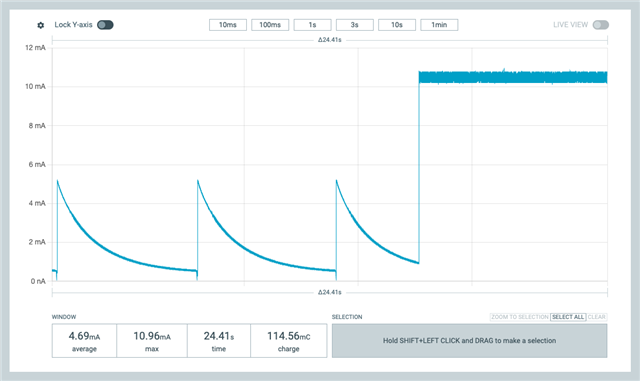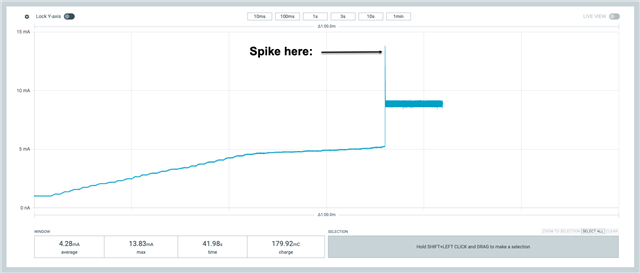I am testing the current consumption of SIM cards with PPK2.
When PPK2 is connected to VCC ( voltage 1.8 v or 3 v ), the PPK2 can display the current properly ( around 9 mA ).
But when PPK2 is connected to GND ( voltage 0 ), the PPK2 cannot display the current properly ( display as 1 mA, but actually it should be 9 mA ). With oscilloscope I can see correct current value.
PPK2 current measurement cannot work properly in low voltage?
Application Version is 4.1.2






